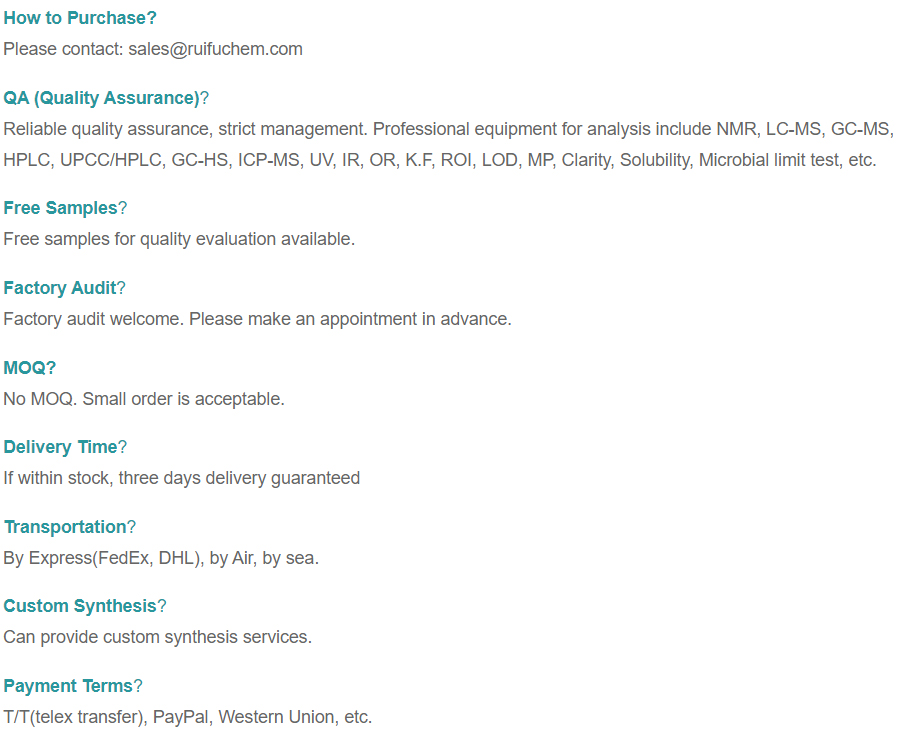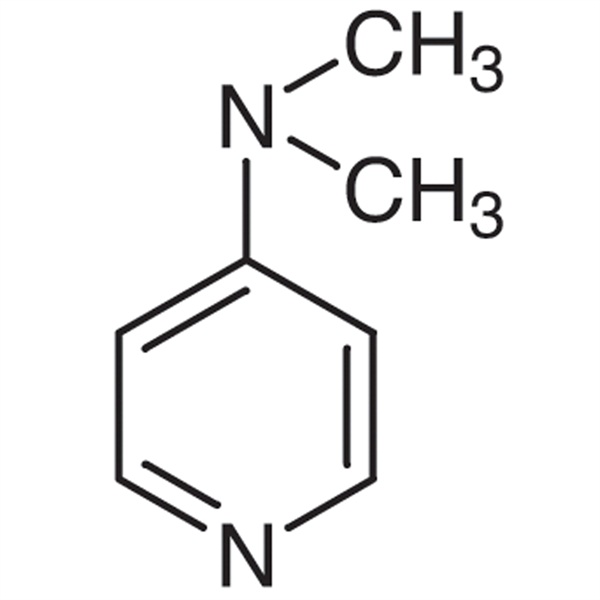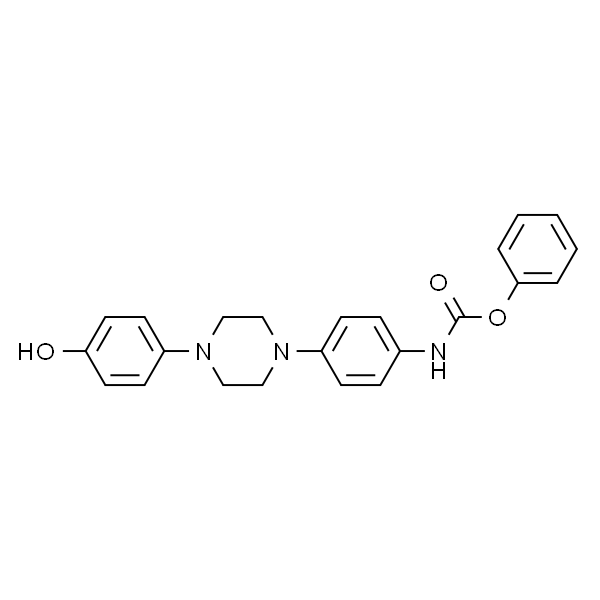China New Product (R)-(-)-3-Quinuclidinol - 4-Dimethylaminopyridine DMAP CAS 1122-58-3 Highly Efficiency Catalyst – Ruifu
China New Product (R)-(-)-3-Quinuclidinol - 4-Dimethylaminopyridine DMAP CAS 1122-58-3 Highly Efficiency Catalyst – Ruifu Detail:
Manufacturer Supply; High Purity and Competitive Price
Chemical Name: 4-Dimethylaminopyridine; DMAP
CAS: 1122-58-3
Coupling Reagents
| Chemical Name | 4-Dimethylaminopyridine |
| Synonyms | DMAP; N-(4-Pyridyl)dimethylamine |
| CAS Number | 1122-58-3 |
| CAT Number | RF-PI121 |
| Stock Status | In Stock, Production Scale Up to Tons |
| Molecular Formula | C7H10N2 |
| Molecular Weight | 122.17 |
| Density | 0.906 g/mL at 25°C |
| Refractive Index | n20/D 1.431 |
| Solubility in Methanol | Very Faint Turbidity |
| Brand | Ruifu Chemical |
| Item | Specifications |
| Appearance | White Crystalline Powder |
| Purity / Analysis Method | ≥99.0% (HPLC) |
| Melting Point | 111.0~114.0°C |
| Loss on Drying | ≤0.50% |
| Test Standard | Enterprise Standard |
| Usage | Coupling Reagents; Pharmaceutical Intermediates; Organic Synthesis |
Package: Bottle, Aluminum foil bag, Cardboard drum, 25kg/Drum, or according to customer’s requirement.
Storage Condition: Store in sealed containers at cool and dry place (≤10℃); Protect from light, moisture and pest infestation.

Shanghai Ruifu Chemical Co., Ltd. commercial supply 4-Dimethylaminopyridine; DMAP; CAS 1122-58-3 with high quality.
4-Dimethylaminopyridine; DMAP; CAS 1122-58-3 is new highly efficiency catalyst widely used in chemical synthesis. It has high catalytic capacity in organic synthesis, drug synthesis, pesticide, dye, fragrance synthesis of acylation, alkylation, etherification and other types of reaction, and has a very obvious effect on improving yield. The treatment of substrates such as alcohols, phenols and amines with acetic anhydride (or acetyl chloride) in the presence of pyridine has provided a general acetylation method since the turn of the 20th century. However, this approach often proves to be unsatisfactory for the acetylation of deactivated substrates. It was not until the late 1960’s that certain 4-dialkylaminopyridines were found (independently by two research groups)[1, 2] to be much superior to pyridine as catalysts for difficult acetylations or acylations, in general.
4-Dialkylaminopyridines were soon found to have general applicability for catalysis of a wide variety of reactions. 4-dimethylaminopyridine’s (DMAP) wide applicability has been frequently reviewed since the first review appeared in 1978. [3] The accelerating pace of reported applications for DMAP and the availability of DMAP in commercial quantities, at modest prices, have continued to stimulate great interest in its use as a catalyst in the fields of organic, polymer, analytical and biochemistry. Today there are thousands of examples of the use of DMAP in far ranging fields of chemistry in both patents and the research literature. Many full-scale production processes utilizing DMAP have been and are being operated. Several pharmaceutical and agricultural products that rely on DMAP’s superior catalytic properties in their synthetic sequences have been produced for years. Since 1976 more than 11,000 US patents have been granted which mention DMAP or dimethylaminopyridine. The functional groups and class of compounds that are involved in the reactions with DMAP include alcohols, amines, arenes, azides, carbenes, enols, epoxides, hydrazines, hydroxylamines, phenols, thiols, lipids, sugars, aminoacids, peptides, alkaloids, steroids, terpenes, and others. Reactions that have been published in the literature using DMAP fall into, but are not limited to, the following types of reactions: Acylation; Acetylation; Alkylation; Benzoylation; Bischler-Naperalski cyclization, Carbonylation; Carbo-diimidation; Cyclization; Dehydration; Esterificaton; Indole Synthesis; Nucleophilic Substitution; Rearrangement; Silylation; Sulfonamidation; Sulfonation; Tritylation; Formylation; Carbamoylation; Phosphorylation; Lactonization; Pivaloylation; Dakin-West Reaction; Baylis-Hillman Reaction.
DMAP is very soluble in methanol, ethyl acetate, chloroform, methylene chloride, 1,2-dichloroethane, acetone, and acetic acid and less soluble in cold hexane, cyclohexane, and water. DMAP can be recrystallized from ethyl acetate and PPY from pentane or hexane. The basicities of DMAP[5] and PPY in water as well as the dipole moment of DMAP[7-9] in benzene and dioxane have been determined by several groups. Of especial interest are the thermodynamic investigations concerned with the protonation of DMAP in water[11] and calculations whereby the influence of substituents on the basicity has been determined.
DMAP reacts readily with electrophilic reagents. It is possible to quaternize DMAP in high yield with either methyl iodide or ethyl bromide, decomposes quantitatively in the presence of aqueous alkali to N-methy1-4-pyridone
Product detail pictures:

Related Product Guide:
Our business puts emphasis over the administration, the introduction of talented staff, plus the construction of team building, attempting hard to boost the standard and liability consciousness of personnel customers. Our corporation successfully attained IS9001 Certification and European CE Certification of China New Product (R)-(-)-3-Quinuclidinol - 4-Dimethylaminopyridine DMAP CAS 1122-58-3 Highly Efficiency Catalyst – Ruifu , The product will supply to all over the world, such as: Czech Republic, Austria, Riyadh, Customer satisfaction is our goal. We are looking forward to cooperating with you and providing our best services to suit your needs. We warmly welcome you to contact us and make sure you feel free to contact us. Browse our online showroom to see what we can do for you. And then E-mail us your specs or inquiries today.
-

OEM/ODM Factory (R)-(-)-3-Piperidinamine Dihydr...
-
Discount Price (S)-(-)-Propylene Carbonate - L...
-

Best quality Octreotide - Memantine Hydrochlor...
-

Cheap PriceList for 6-KT - 3-Hydroxy-2-Nitrobe...
-

2021 Good Quality Methyl 5-bromo-6-chloropyridi...
-

Manufacturer of 5-CMP - Phenyl (4-(4-(4-hydrox...
It is really lucky to meet such a good supplier, this is our most satisfied cooperation, I think we will work again!
